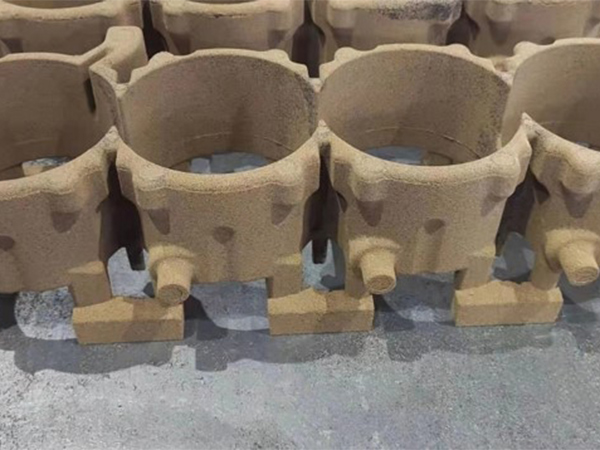Understanding the Sand Foundry Process
The sand foundry process is a pivotal method in metal casting, widely utilized across various industries to produce intricate metal components. This process relies on the use of sand as a primary material to shape molten metal into desired forms. The simplicity and versatility of the sand foundry process contribute significantly to its popularity, making it a fundamental pillar of modern manufacturing.
Key Steps in the Sand Foundry Process
1. Pattern Making The first step in the sand foundry process involves creating a pattern, which is a replica of the final product. Patterns can be constructed from various materials such as wood, metal, or plastic and are often designed to compensate for metal shrinkage during cooling. The pattern is typically made in two halves to facilitate the removal from the sand mold.
2. Mold Preparation After the pattern is created, the next phase is preparing the mold. Sand, combined with a binding agent, is packed around the pattern to form a mold. The most common type of sand used is silica sand, chosen for its high melting point and ability to retain shape. Modern foundries may also use chemically bonded sand or green sand, which contains moisture and clay, enhancing mold strength.
3. Core Making For complex shapes with internal cavities, cores are used. Cores are typically made from sand, similar to molds, but are created separately. They are inserted into the mold before pouring the molten metal. This process allows for the manufacture of more detailed designs, such as engine blocks or intricate piping systems.
4. Melting and Pouring Once the mold and cores are prepared, metal is melted in a furnace. The type of metal used varies depending on the application, ranging from aluminum and bronze to various steel alloys. After reaching the appropriate temperature, the molten metal is poured into the mold through a system of gates and runners, ensuring that it fills all parts of the mold effectively.
5. Cooling and Solidification After pouring, the metal must cool and solidify, which can take from minutes to hours depending on the size and type of metal. During this phase, it is crucial to manage the cooling rate to avoid defects such as cracking or warping.
sand foundry process

6. Mold Removal Once the metal has cooled sufficiently, the mold is broken apart, typically using mechanical vibrators or manual tools. The pattern is removed, revealing the cast metal component. This step requires careful handling to avoid damaging the newly formed item.
7. Finishing and Inspection The final step of the sand foundry process involves cleaning the cast product, which may include sandblasting or machining to achieve the required surface finish. Inspection is also vital at this stage to ascertain the quality of the casting. Various tests may be conducted to check for dimensional accuracy, surface integrity, and mechanical properties of the finished part.
Advantages of the Sand Foundry Process
One of the primary advantages of the sand foundry process is its cost-effectiveness. The materials used are generally inexpensive, and the process can handle a variety of metal types. Additionally, the sand foundry process is adaptable, suitable for both small and large production runs. The simplicity of mold construction and ease of pattern modifications allow for rapid prototyping and adjustments based on specific requirements.
Moreover, sand molds can endure high temperatures, making them ideal for a wide range of industrial applications. This process can produce complex geometries that would be challenging or impossible to achieve with other manufacturing methods.
Conclusion
In conclusion, the sand foundry process plays an integral role in the manufacturing ecosystem, enabling the production of high-quality metal components at competitive costs. Its enduring relevance in contemporary industry attests to its efficiency and effectiveness in meeting the growing demands of various sectors. As technology continues to evolve, innovations in sand foundry processes are likely to enhance productivity and quality, ensuring its place in the future of manufacturing.
Post time:12月 . 05, 2024 13:03
Next:Selecting the Best Molding Sand for Optimal Metal Casting Performance
